Look around you. How many plastic items can you see?
Do you know that toxic chemicals in single-use plastics are harming both human health and the environment?
Single-use plastic represents today’s throwaway culture and most of the items end up in landfills, water bodies, and the environment. First, what are single plastics? According to the U.N. Environment report on single-use plastics, it represents the “items intended to be used only once before they are thrown away or recycled.”
A few examples of single-use plastic include plastic shopping bags, plastic forks & knives, plastic coffee cup lids, plastic straws, plastic water bottles, plastic take-out containers, etc. The most common items found in the environment are plastic drinking bottles, cigarette butts, food wrappers, plastic grocery bags, plastic lids, foam take-away containers, plastic straws & stirrers, etc.
Here we’ve discussed 10 reasons why single-use plastics are bad for our health and the environment…
1. Plastic Additives are Highly Toxic
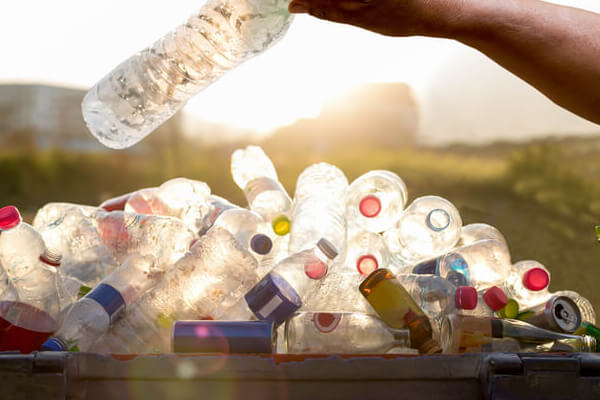
The most common additives found in plastic are BPA’s, Plasticisers, and Flame Retardants. BPA’s are widely used in food and beverage containers while Plasticisers are used to make PVC more flexible. The Flame Retardants are used in electronic equipment.
2. Single-Use Plastic is Not an Issue Found in Specific Areas
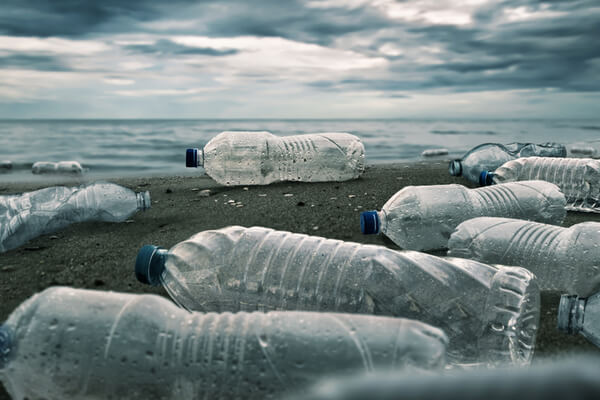
The big deal about single-use plastics is that due to their lightweight, they can travel great distances and contaminate a far greater area. Also, the manufacturing of plastic pollutes the environment as this material involves the usage of a large number of fossil fuels.
3. Animals are Eating Plastic

Plastic trash is often consumed by the animals as single-use plastic doesn’t biodegrade, ever. It breaks apart into smaller pieces and animals are eating them. And if you eat those animals, you’re eating plastic too. Birth defects, endocrine disruptors, and cancer are some maladies linked to plastic consumption.
4. Will Stay for Hundreds of Years
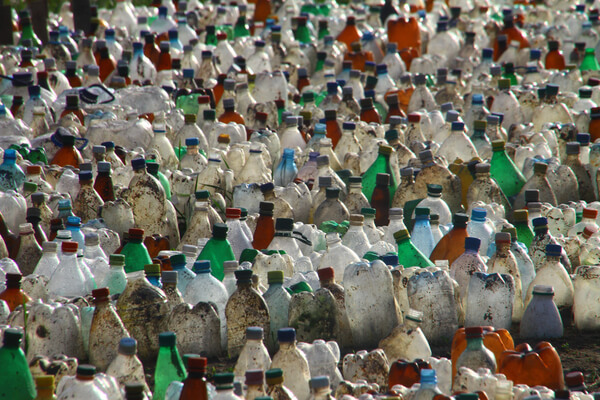
Although some of the plastics are recycled, most remain uncollected and are generally non-biodegradable. They may take centuries to decay and keep polluting the environment for years and 4. years. The disposed of plastics also clog waterways, making them unhygienic and unsightly.
5. Leaches Toxins into Food & Drink
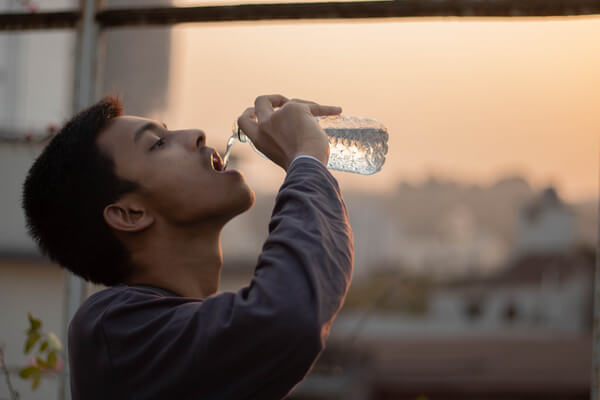
Eating and drinking in single-use plastic containers may cause chemicals to leach into your foods. Plastic is everywhere and all of them may leach chemicals if they’re heated in a microwave or scratched. Some of the chemicals in plastic products may cause serious health issues at certain exposure levels.
6. Pollutes Oceans and Kills Marine Life
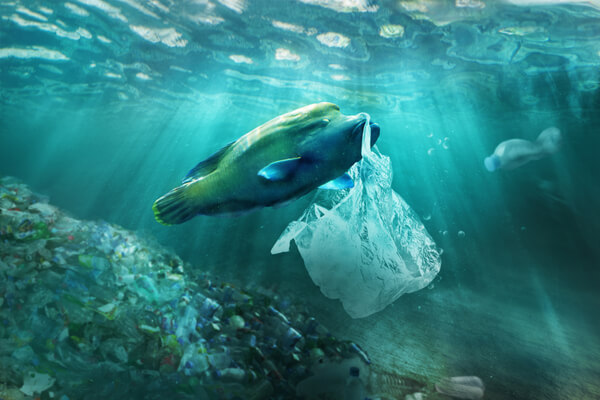
Single-use plastics make up a significant portion of Marine Debris and kill marine animals. Seabirds, fish, sea turtles, and other marine mammals may get entangled in or even ingest plastic debris, causing drowning and suffocation. Plastic waste kills millions of ocean life a year.
7. Enters Our Food Chain
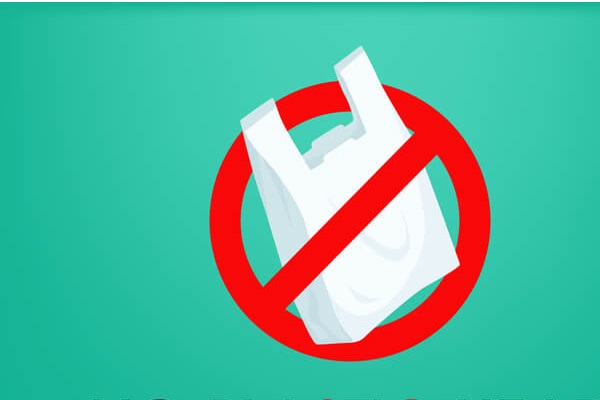
The climate, oceans, and biodiversity are all links and single-use plastic enters our food chain when left uncontrolled. Plastic has already entered the food chain and animals carry microplastics in their bodies. When they are eaten by other animals or humans, plastics are also undigested.
8. Negatively Affecting the Wildlife and Ecosystems
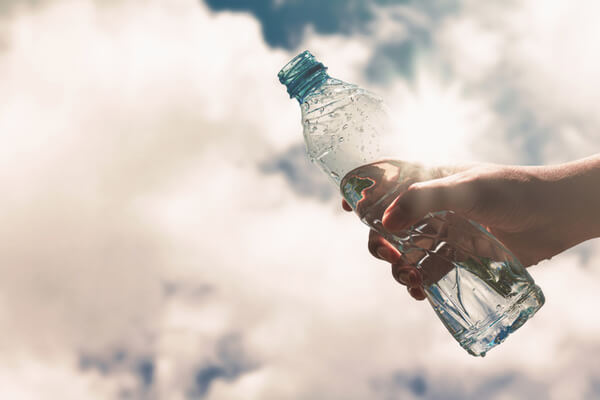
Wildlife is suffering the most frequent health impacts due to the increasing usage of single-use plastics. Also, plastic damages the entire ecosystem by spreading through the air, soil, and water. A healthy ecosystem relies on a balance but due to pollution plants and animals do not survive.
9. Leaves Huge Carbon Footprint
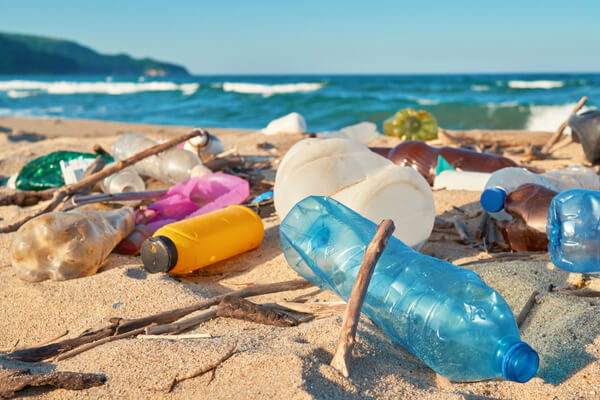
Emissions from producing and using plastics could leave a huge carbon footprint. The tiny pieces of plastic are even floating in the air and the carbon footprint (LDPE or PET, polyethylene) is polluting the environment. Dumping, composting, recycling, and incinerating all relate to carbon dioxide.
10. Account for Distinct Risks to Human Health
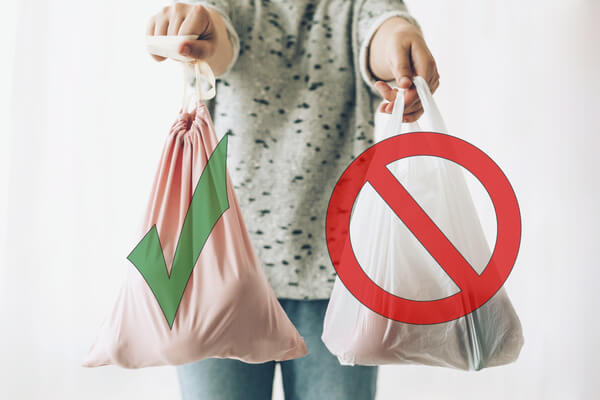
Every stage of plastic’s lifecycle adversely affects human health. From both exposures to plastic particles as well as associated toxic chemicals, the majority of the population is exposed to multiple health hazards. Plastics impose both acute and long-term health risks.
All the processes like extraction and transport, refining and manufacturing, consumer products and packaging, and waste management, implores risk to human health and the environment. Also, the lack of transparency of the chemicals used to manufacture single-use plastic products prevents a full assessment of its impacts and reduces the ability of consumers to make informed choices.
What could be the solution?
Well, we can always use reusable insulated water bottles and other items to protect our health and the surroundings. There are a lot of sustainable options available that you may consider instead of using single-use plastics. Also, reducing the increasing usage of plastics may require regulatory changes.
So, is there anything you can do to protect yourself and your surroundings from the harmful effects of plastics? Yes, here are some good practices…
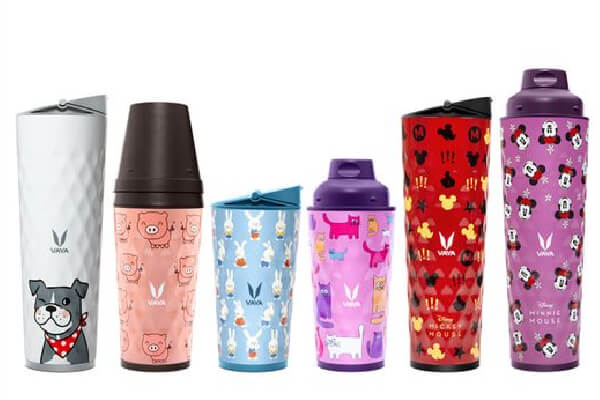
- Use reusable products such as insulated water bottles, stainless steel kitchen storage containers, wooden or glass items, etc.
- Use heat wisely as plastics release more chemicals when heated.
- Skip plastic packaging when possible and choose sustainable alternatives like compostable packaging.
- Invest in pottery or other ceramics as these materials do not release toxins or chemicals into food.
- Use platinum silicone which is made primarily of sand and food-grade silicon to boil, bake, and cook food items.
- Use the beeswax-coated cloth as a replacement for plastic bags or wraps.
- Make use of bags made of natural fiber cloth instead of plastic ones.
- Use wooden cleaning brushes, cutting boards, and other kitchen utensils as it is a renewable resource.
- Use products like tableware and drinking straws made of bamboo or stainless steel.
- Use cardboard boxes to replace plastic storage containers as it is fully compostable at home.
Regardless of what you use, anything you buy has an environmental footprint. Even materials like metal and glass take energy to manufacture and transport. So, the idea behind using sustainable products is to use everything over and over again. Invest in good-quality, durable products to ensure you get the most use from them.
Also, be responsible for what you use and your surroundings…

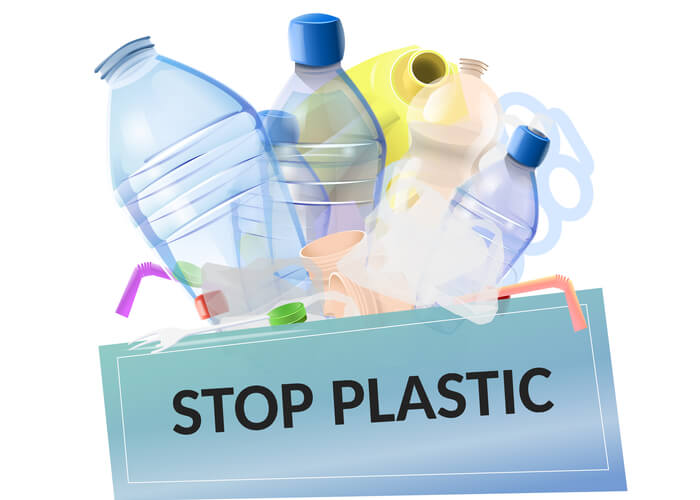



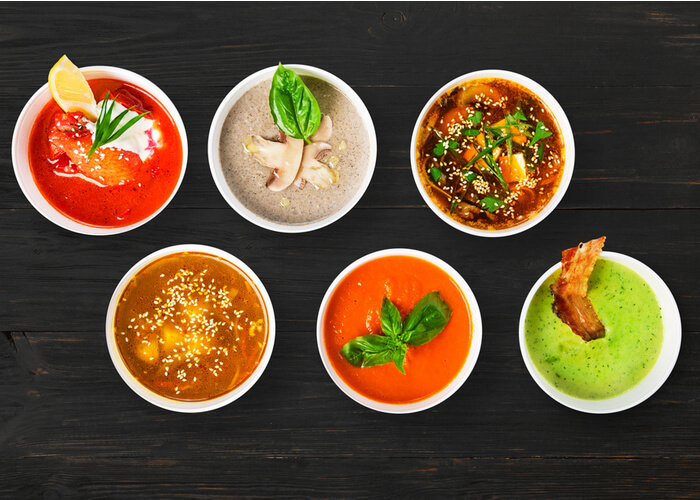


Recent Comments